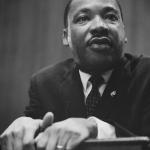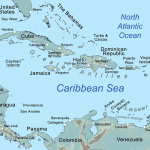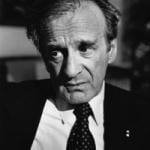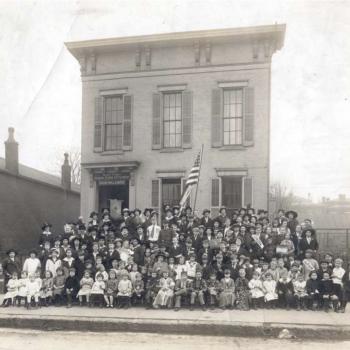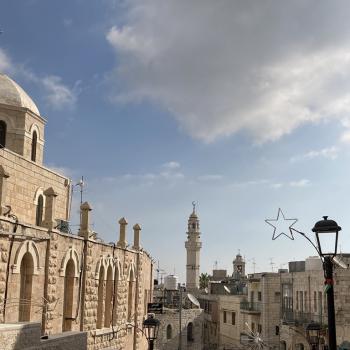You would not think that the land of beer and sausages would help me with my summer health goals. But Germany is also the land of public transportation. Suffice it to say, I walked a lot of Berlin over my nine days there. (I extended a trip to participate in a wonderful SCRIPTS conference, “Religion and the Liberal Script: Contestation, (In-)Compatibility or Sustenance?”) I came back healthier—and more informed.
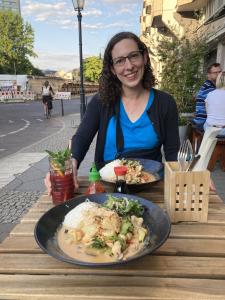
Berlin is an unusual city. Over the twentieth century it has been the capital of: the German monarchy, the Weimar Republic, Hitler’s Nazi fascist dictatorship, the communist DDR state (but only half the city; the other half was an outpost of democracy), and, finally, a unified democratic Germany. All those layers are constantly visible to the residents and visitors who walk its streets.
And they are all memorialized. Berlin is a historian’s dream. It is also a model for the United States.
Let me explain. Berlin is full of humans, and always has been. Much like the U.S. This means it has hosted acts beautiful, terrible, and everything in between. Much like the U.S. Where it leads us is in how it presents that past to Berliners of the present such that they move forward chastened but not immobilized.
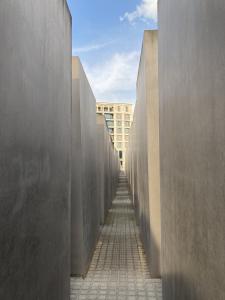
First, the low-hanging fruit: Berlin was the center of the Holocaust, and the city has devoted an entire large city block to a sobering memorial. A field of stones of different sizes, reminiscent of coffins or gravestones, covers the block in neat rows. The ground undulates, and the ground is lowest and the stones highest in the center. Walking through this portion gives the sense of inescapable horror towering over you. To me, this felt equally applicable to imagining myself as a Jew in the Nazi regime or imagining myself as a descendent of the perpetrators. But then you can walk out the other side into modern Berlin, “a republic, if you can keep it,” in the purported words of Benjamin Franklin.
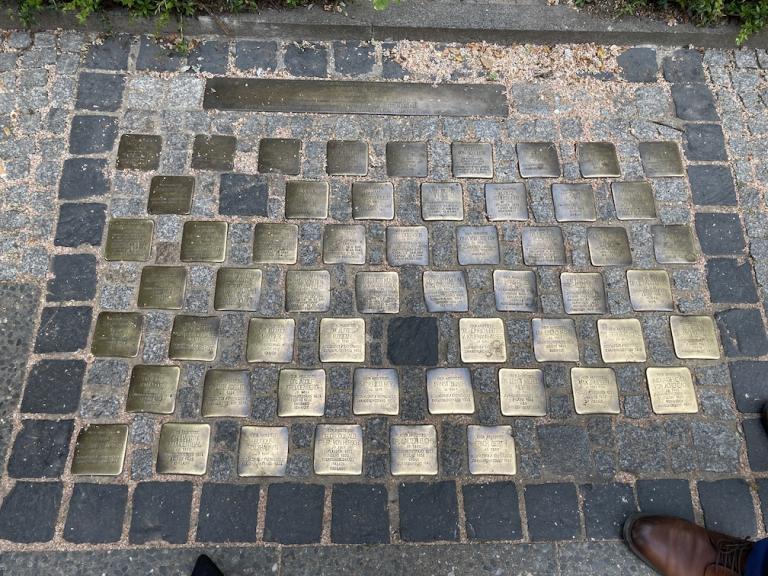
But memories of the Holocaust are not confined to a neat city block. All throughout the city, some of the cobblestones have been replaced by brass plaques bearing the names and fates of Jews who lived at that location.
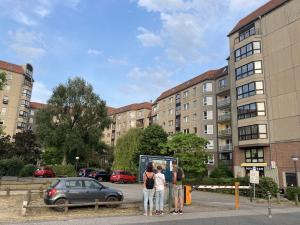
As one of my guides pointed out, it is easier to memorialize victims than perpetrators. Berlin has wrestled with this tension, but I think the city has generally done well. Take Hitler’s underground bunker. The government filled it in so that it would not become a rallying point for neo-Nazis. At first, it was left unmarked. It’s under an unpaved parking lot and across the street from, no joke, a bubble tea shop. But historical records clearly indicate the location, so to prevent the adjacent apartment complex from being swarmed with the curious, a simple sign was erected off to one side explaining the history of the site and its historical significance.
This approach strikes me as the right balance: not pretending it didn’t happen, but also not creating a grand memorial to evil.
Along with stones naming Jews affected by the Holocaust, the ground beneath Berliners’ feet consistently bears one other historical marker: stones inlaid in the street that mark the former site of the Berlin Wall. The wall was a permanent form of the barrier put up overnight in 1961 to stop the bleeding of people from communist East Berlin to democratic West Berlin. (Germans voted with their feet for their preferred type of government.)
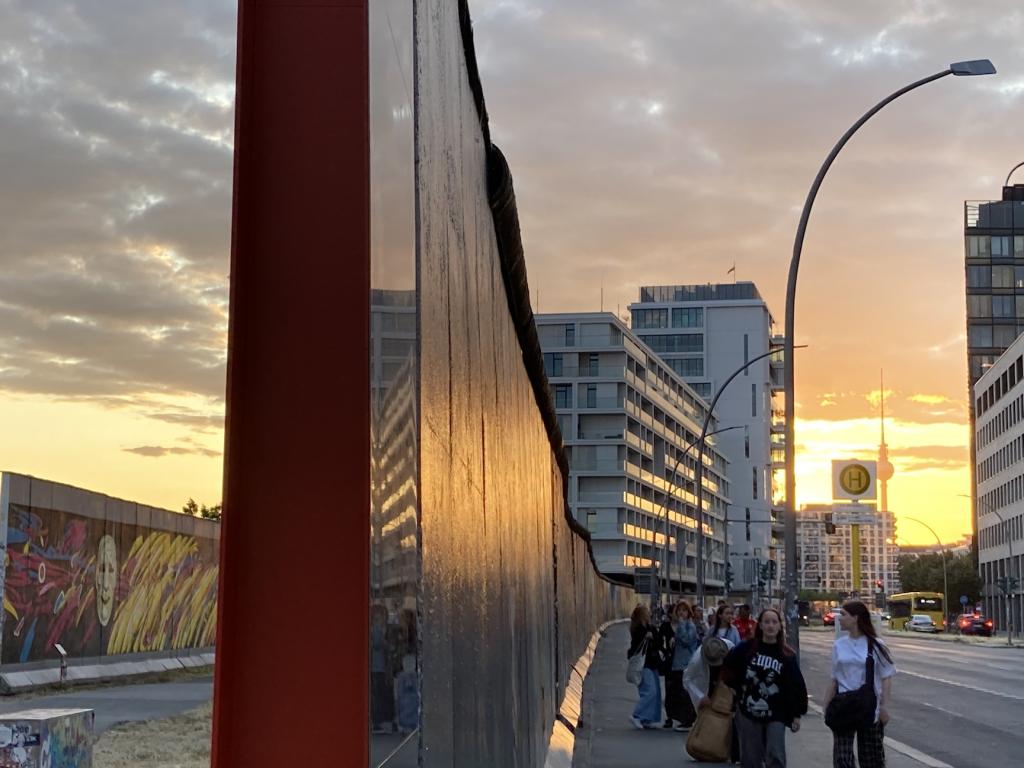
The Berlin Wall separated families—and lifestyles—until the collapse of the Soviet Union’s Iron Curtain of communist influence in 1989. Portions of the wall are left up for descendents to understand the city’s former nature. A particularly famous portion preserves paintings made in 1990 by a wide variety of artists capturing the mood of the opening of the border.
Germany split into a Democratic West and a communist East because England, France, and the United States liberated it from the West and the Soviet Union liberated it from the east. Berlin, deep within East Germany, was the original nation’s capital, so it looked like the whole country in miniature. Thus, West Berlin was a tiny bit of West Germany stuck in the middle of East Germany.

A museum about the DDR (East Germany) preserves artifacts and information about life in communist Berlin. In another balanced case of historical representation, it includes evidence of the joys and foibles of daily life while ultimately documenting that repressive government’s failure to facilitate full human flourishing. As a bit of wry acknowledgment of this complexity, unified democratic Germany has kept at least one good thing that came out of East Germany: Ampelmann, a way cuter crosswalk figure than is typically seen in the West.
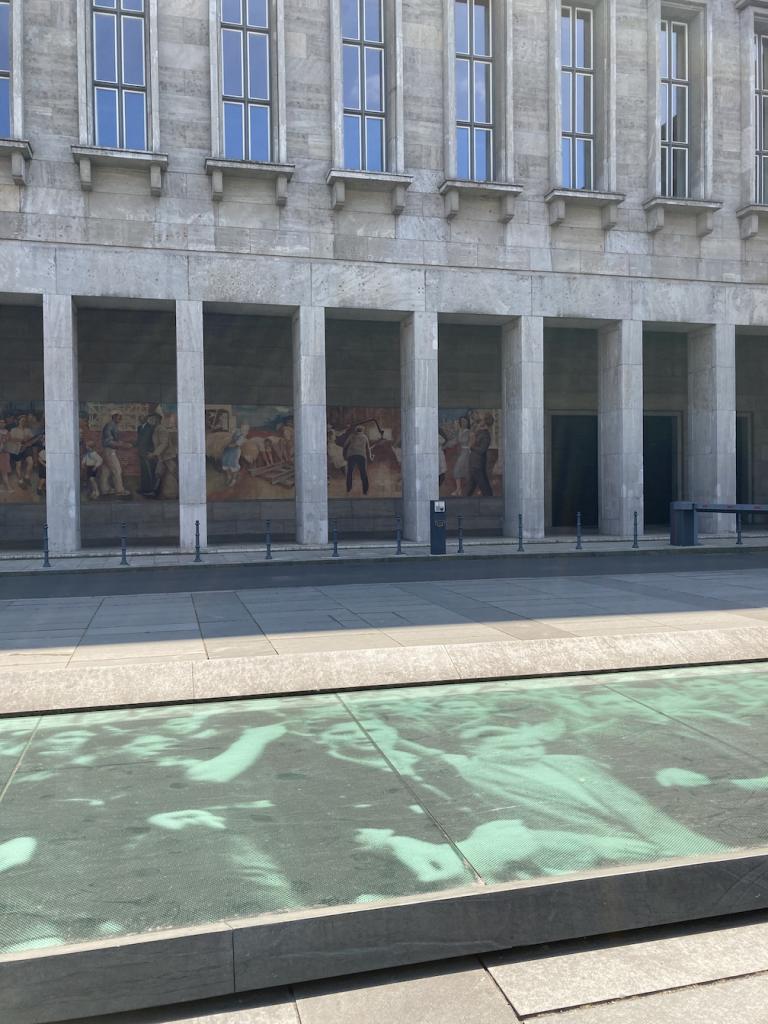
A starker statement of the city’s complex history occurs in the plaza outside the Ministry of Finance. The current German Ministry of Finance is housed in one of the few remaining Nazi-built structures. Even though it headquartered the Nazi Air Force, the Allies did not bomb it so as to continue to use its behemoth structure to calibrate precision attacks on other targets. The building is indeed huge, so the DDR just moved all of its ministries into it. And painted a mural along the side celebrating the joys of the communist utopia they understood themselves to be constructing. In less than a decade, the workers the regime supposedly supported protested rising output demands. The DDR called in Soviet tanks to brutally suppress them. A photograph of the protest, blown up to the exact dimensions of the mural, now graces the adjacent plaza like a magical reflecting pool that converts image into reality.
So what, exactly, can Americans learn? We too have a land pockmarked by past sins. No Nazi architecture, but confederate statues still stand. More complicated, many of our national heroes that we rightly venerate for their contributions to democracy—George Washington, Thomas Jefferson—did not live out their best ideals and enslaved other people. How can we remember our past in such a way as to be chastened but not shackled by it?
My institution, Baylor University, is taking what I believe to be a wise approach. Baylor has no statues intended to glorify Confederate officials for their role in the Civil War. (It did have, and relocate to a less prominent place, a statue of a Confederate Army chaplain that was erected for the unrelated reason that he served as a president of the university.) Unlike Washington and Jefferson, the Confederate military or government officials who feature in so many monuments throughout the South are memorialized precisely because they fought to preserve the right of white people to enslave Black people. Such monuments should be removed from public spaces. (Leaving them would be somewhat analogous to leaving Hitler’s bunker a prominent, uncontextualized aspect of the Berlin cityscape.) One option is to relocate them to a museum where they are accompanied by explanation of the racist culture of the Jim Crow era in which they were created.
Baylor, like many Southern institutions, has a different problem. Our founder Judge Baylor, the subject of the university’s most iconic statue, owned slaves. He was not memorialized for that fact, but rather for founding the university from which so many people of all races have benefited and continue to benefit. (In this way he is analogous to Washington and Jefferson.) But Baylor is a Christian university, and its leadership has rightly discerned that because Judge Baylor failed to live out all the implications of his Christian faith, leaving the statue uncontextualized by his slave-owning would not communicate well the gospel that through faith in Jesus all people are accepted by God on equal footing.
Baylor’s solution has been to leave up the statue to celebrate the good that Judge Baylor bequeathed to us, but put up signage with information on both the good and the bad of his legacy. The university is also developing another space in the same quadrangle, somewhat analogous to Berlin’s Holocaust statuary, in memory of the unknown enslaved who helped to construct the campus.
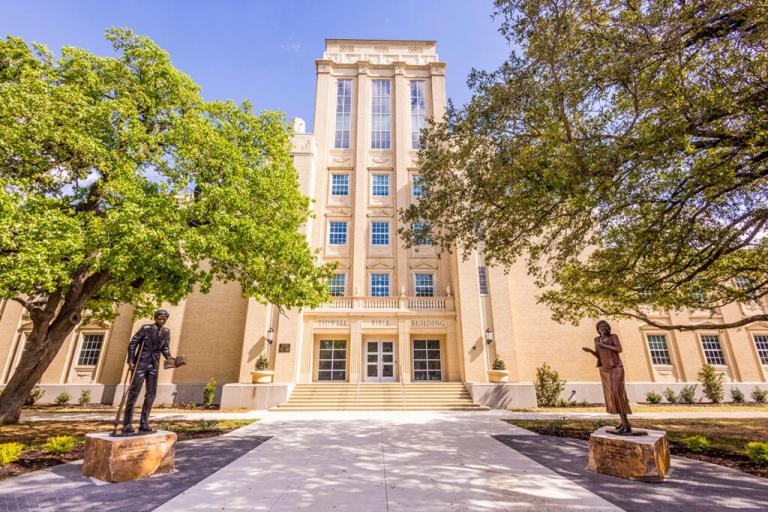
Additionally—and this has been my favorite part of the new landscaping so far—Baylor commissioned statues of the first two African American graduates, Rev. Robert Gilbert and Barbara Walker. By happy coincidence, their Baylor degrees are from the religion, history, and sociology departments, the three departments now housed in Tidwell Bible Building (the location of my office!). The statues, now on either side of the walk leading to the front entrance, are artistically excellent and add to the beauty of the site.
They also remind students and faculty of the significance of the instruction that takes place within the building. Both graduates were Christians who used their education to serve God and their community, Gilbert as a pastor and Walker as a social worker. The base of each statue contains a moving quotation by its subject on the relevance of faith to his or her life’s work.
Like the one taken by the city of Berlin, this approach neither whitewashes history nor leaves the present generation immobilized under the oppressive weight of the past. Rather, it calls evil evil and good good, while acknowledging that we are all capable of both. Then it highlights those who bore up under evil and transformed it into good, as a model for us to follow.


